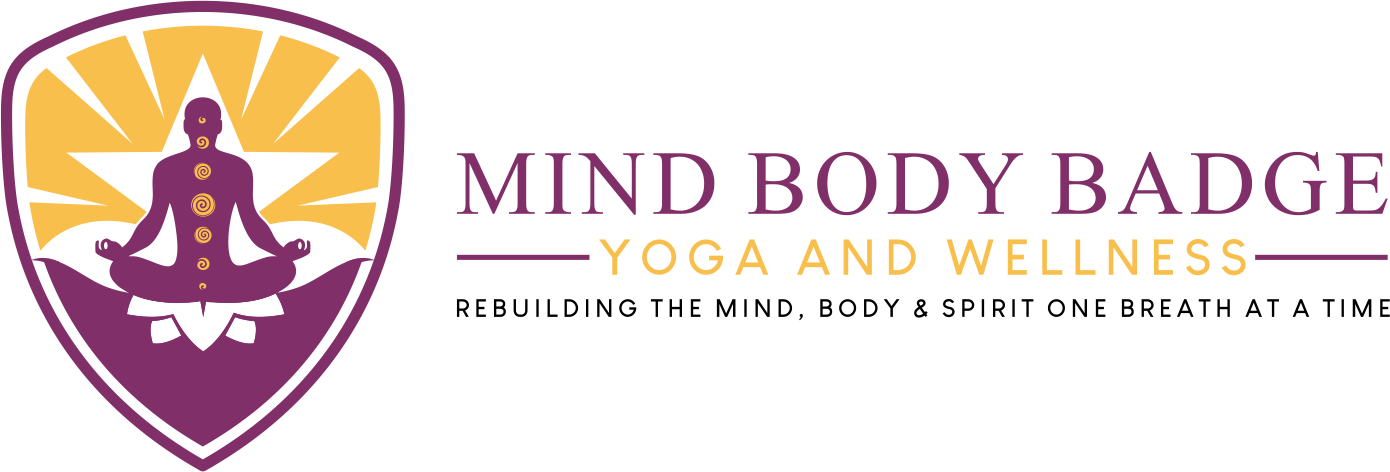Developing a Meditation Practice
"To let go does not mean to get rid of. To let go means to let be. When we let be with compassion, things come, and things go on their own" – Jack Kornfield.
Image Source: Sage Friedman (Unsplash)
I discussed different meditation techniques in my post, Quiet the Mind (6/16/23). Today, I will dive into Meditation 101. Years ago, my acupuncturist Erin handed me a copy of a blog post titled How to Meditate: A 10-Step Beginner's Guide (March 2011). This article provides the novice "student" of meditation with the basic building blocks to begin a practice. Note: My apologies, as you can no longer access this blog on the World Wide Web.
Each heading in today's post comes from the beginner's guide. However, I will describe how I meditate, which may differ slightly.
Sit Tall
I am most comfortable while lying down versus sitting tall. I place pillows under my head and knees for comfort. Next, I place Chakra stones on the corresponding areas of my body. I am starting at the Root and working up to the Crown chakra. If it is cold, I cover myself with a blanket. If you are more comfortable sitting cross-legged on a cushion or bolster (palms facing down on the knees for grounding) - feel free to do so
Relax your body
As a way to relax my body, I close my eyes and imagine that I am floating on top of the buoyant Hawaiian Pacific Ocean. My muscles relax as I "float out to sea."
Be still and silent
I do not lie in perfect silence as I listen to meditation music through YouTube or Spotify. At this point, I become mesmerized by the music and begin to feel the active energy of the stones that lie on top of my body. I note which chakras are most active during the session but do not react or try to change what is happening.
Breathe
Next, I focus on my breathing. As you may recall, I spoke about concentration meditation as the basis for all other forms of meditation. The breath can be a powerful tool to center your session. I start by taking a deep breath through my nose, exhaling silently through my mouth, and repeat this five times. Ensure that the inhale/exhale cycles are equal in length (inhale four, exhale four).
Establish a mantra
Mantras are sounds, words, or utterances silently repeated throughout your session to bring focus to the practice. During a meditation session, I use the mantra, "Relax, breathe deeply, and go where the Spirit takes you."
Image source: Content Pixie (Unsplash) - Chakra stones
Calm your Mind
There are many days when my mind is so active that it takes until the end of my meditation practice to become focused on my mantra. In this situation, I acknowledge the thoughts, set them aside, and return to the mantra. The scattered thoughts are less frequent as I have progressed with my meditation practice. Focusing on the energy released from the stones makes my mind steady and silent.
When to end your practice
In the past, due to my active mind, I struggled to meditate for more than a minute or two. However, with consistent practice, I gradually lengthen my sessions. Perseverance is the cornerstone of success. If my mind becomes too busy, I end the session and try later.
How to end your practice
After meditating, I gently open my eyes and turn off the music. I remove the stones, sit up slowly, and take a few minutes to reflect before standing up.
I reserve a time each day (usually in the morning) to meditate. If my day is hectic, I may only have 5 to 10 minutes to practice, which might be at bedtime. Just remember, something is better than nothing at all.
Practice Anywhere
You can meditate anywhere - on a park bench, at the beach, on a mountain top, or in the bath.
The greatest lesson I have learned is to follow the adage, "Patience is a virtue ." Stay encouraged if it takes many months (even years) to find a calm mind. Remember, it will always be active - be gentle with yourself. I leave you with a YouTube video of meditation music to get you started. ALOHA! Until next time -
Namaste,
Tim
“Copyright Disclaimer Under Section 107 of the Copyright Act 1976, allowance is made for fair use for purposes such as criticism, comment, news reporting, teaching, scholarship, and research. Fair use is a use permitted by copyright statute that might otherwise be infringing. Non-profit, educational or personal use tips the balance in favor of fair use.”


